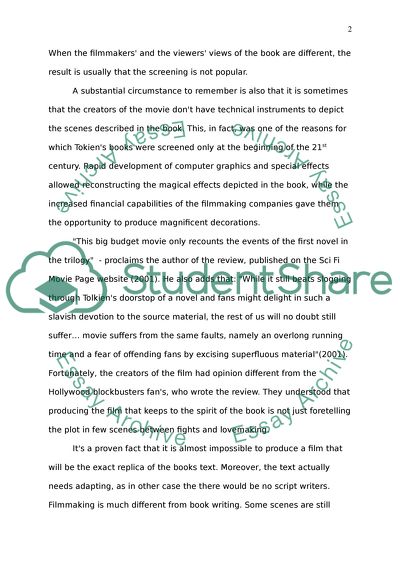Cite this document
(“The Lord of the Rings Essay Example | Topics and Well Written Essays - 3250 words”, n.d.)
Retrieved from https://studentshare.org/literature/1511964-the-lord-of-the-rings
Retrieved from https://studentshare.org/literature/1511964-the-lord-of-the-rings
(The Lord of the Rings Essay Example | Topics and Well Written Essays - 3250 Words)
https://studentshare.org/literature/1511964-the-lord-of-the-rings.
https://studentshare.org/literature/1511964-the-lord-of-the-rings.
“The Lord of the Rings Essay Example | Topics and Well Written Essays - 3250 Words”, n.d. https://studentshare.org/literature/1511964-the-lord-of-the-rings.


